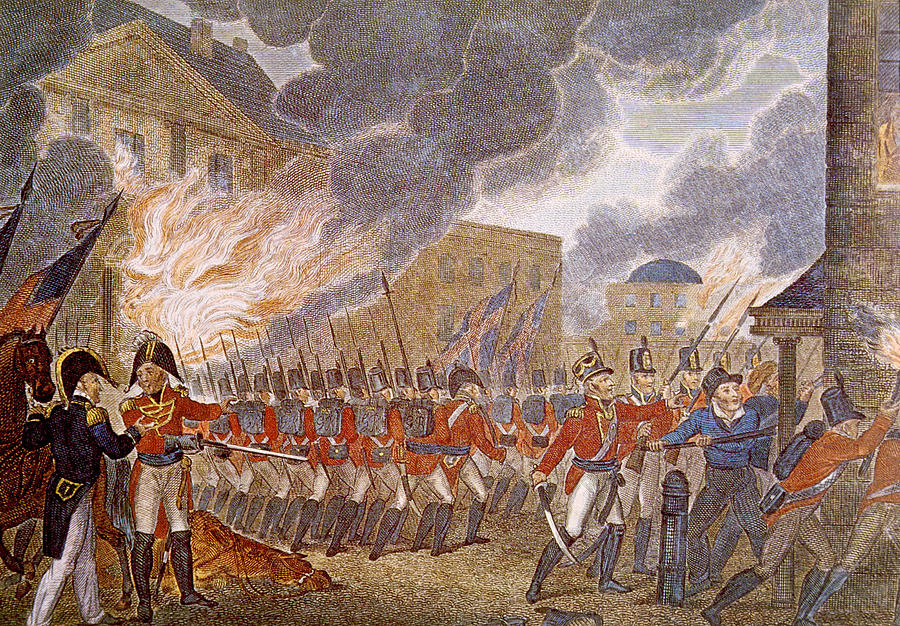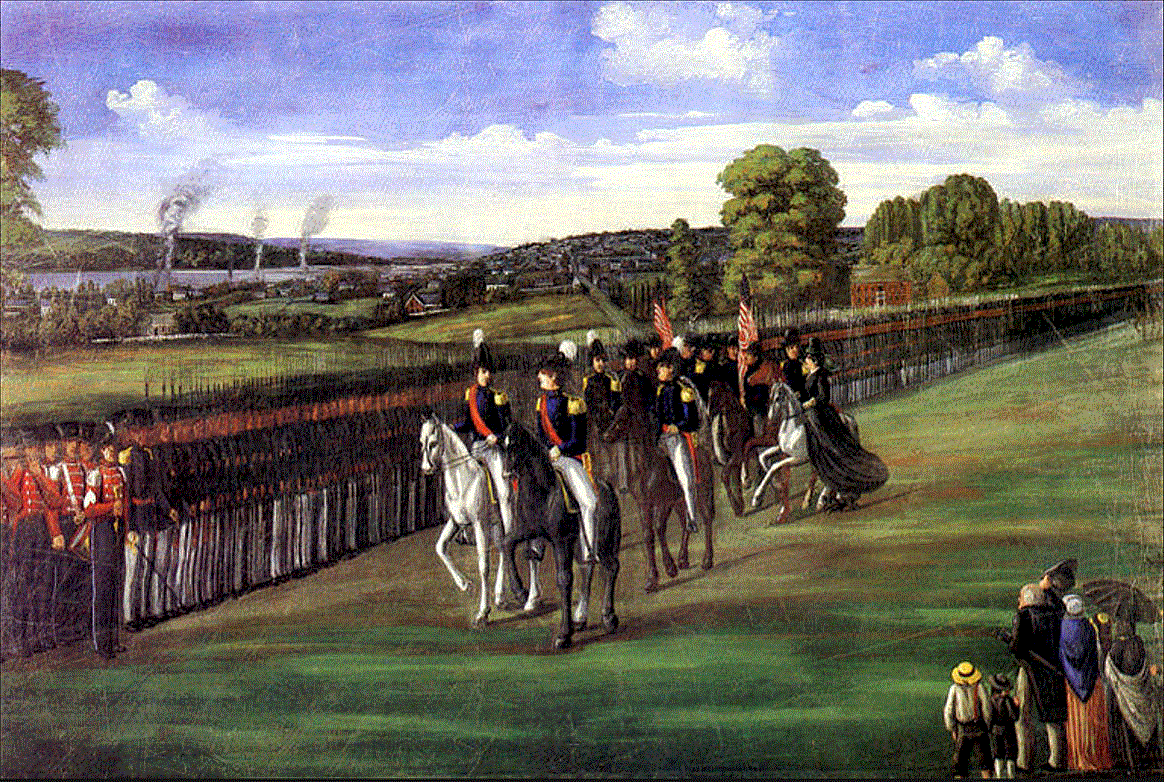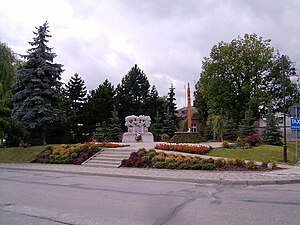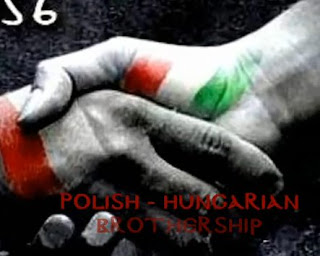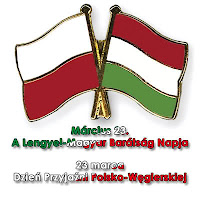

In 1964, two parties formed in Seychelles. One, referred to as the Seychelles People's United Party (SPUP), was led by France-Albert René and advocated socialism and independence from the UK. The other, the Seychelles Democratic Party (SDP), was led by James Mancham and wanted closer integration with the UK. When elections were held in 1966, the SDP won.
In 1970, a constitution was drafted, and in following elections such as in 1974, the two parties competed. Negotiations with the UK at this time led to Seychelles becoming an independent republic of the Commonwealth of Nations. Mancham became the first President in 1976 with René as his Prime Minister.
Mancham's rule did not last long. While he was overseas on June 5, 1977, a coup led to Mancham's deposition and René's new rule as President. René and his socialist party transformed Seychelles' democracy into a one-party state, and the SPUP evolved into the Seychelles People's Progressive Front (SPPF).

Many attempts to end SPPF rule followed the 16 years during which Seychelles was a one-party state. One failed coup by Mike Hoare (claimed by some as an attempt to re-install the pro-American Mancham), an army mutiny stopped after only two days, and the arresting for treason of Conrad Greslé, a local democracy advocate who planned to overthrow the Seychelles government with foreign mercenaries.
Ultimately in 1991, after the Soviet Union's dissolution (one of many communist countries to collapse/change regime), René allowed the creation of new parties in the return to a multi-party system. James Mancham returned from exile and resurged his party, and in the elections in 1993, the SPPF, SDP, and six other political parties faced off.
President René won the 1993 election, as well as the 1998 election. Mancham switched to the centrist liberal Seychelles National Party (SNP) and was the SPFF's strongest competitor. However, the SNP lost the 2002 election to the SPFF with 42% of the vote. And in 2004, René turned presidency to his former vice president James Michel. Michel also won the 2006 election again the SNP's leader, Wavel Ramkalawan, with 53.5% of the vote.

Sources: Seychelles Travel, African History.about, Info Please, Wikipedia






